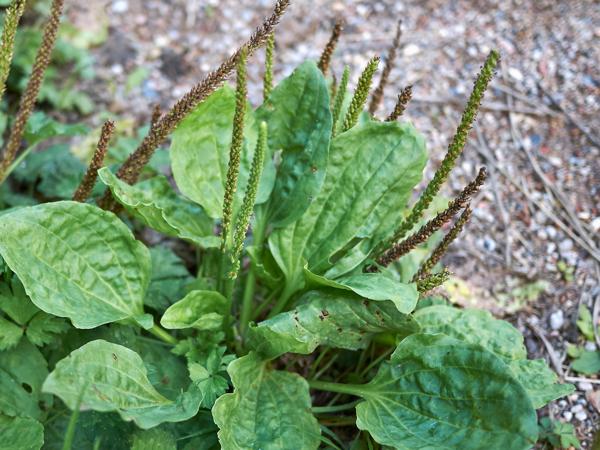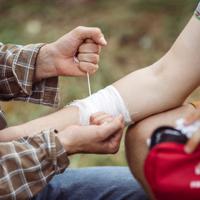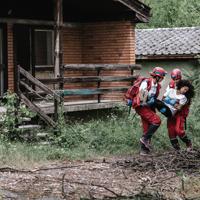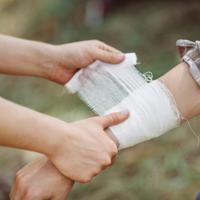Exploring the natural world can be a thrilling experience, yet it’s crucial to approach it with caution, particularly when dealing with potentially poisonous plants. Whether you’re hiking through a dense forest or setting up camp in the wild, understanding how to recognize dangerous plants and knowing what steps to take if exposed can protect you from harm. While this guide provides helpful information, it’s essential to consult with medical professionals in the event of exposure.
Understanding Poisonous Plants
Poisonous plants have developed toxic properties to deter predators. Each plant has unique characteristics, toxins, and potential symptoms if ingested or contacted. Recognizing them is vital for anyone interested in outdoor adventures.
Common Poisonous Plants
1. Poison Ivy (Toxicodendron radicans)
- Identification: Often found in clusters of three leaflets with a red stem; the leaves can appear shiny.
- Habitat: Common in North America, found in wooded areas and along edges.
- Symptoms: Causes itching, redness, swelling, and blisters upon contact.
2. Poison Oak (Toxicodendron diversilobum & Toxicodendron pubescens)
- Identification: Leaves similar to oak leaves, usually in groups of three.
- Habitat: Thrives in western and southeastern USA.
- Symptoms: Similar to poison ivy, causing itchy rashes and irritation.
3. Poison Sumac (Toxicodendron vernix)
- Identification: 7-13 leaflets per stem, clusters of white berries.
- Habitat: Grows in wet, swampy areas in the eastern USA.
- Symptoms: Severe allergic reaction, more intense than poison ivy or oak.
4. Hemlock (Conium maculatum)
- Identification: Tall plant with white flowers arranged in umbrella-like clusters. Smooth, purple-spotted stems.
- Habitat: Found in Europe and North America, near streams and roadsides.
- Symptoms: Nausea, vomiting, nervous system shutdown. Can be fatal if ingested.
First Aid and Treatment
Immediate Actions
-
Avoid Further Exposure: If you suspect contact with a poisonous plant, avoid touching other areas of your body, especially your face.
-
Clean the Affected Area: Wash the area with mild soap and cool water as soon as possible to remove the plant’s oils. Remember that oils can linger on clothes and pets, so wash everything thoroughly.
-
Topical Treatments: Over-the-counter creams like corticosteroids can help relieve itching and inflammation. Calamine lotion or hydrocortisone cream can also alleviate symptoms.
-
Oral Antihistamines: Taking over-the-counter antihistamines can reduce allergic reactions and itching. Note that some might cause drowsiness.
When to Seek Medical Attention
- Severe allergic reactions like difficulty breathing or swelling of the face and mouth require immediate medical intervention.
- If the rash spreads rapidly, becomes infected, or if you swallowed parts of a poisonous plant, contact a healthcare professional promptly.
Prevention Tips
-
Educate Yourself: Before venturing into new areas, familiarize yourself with local plant life. Consider taking guides or apps that help identify plant species.
-
Wear Protective Clothing: Long sleeves, pants, and gloves can prevent plant oils from contacting your skin.
-
Stay on Paths: Limit exposure by sticking to worn trails and avoiding dense underbrush where these plants are often hidden.
Having Knowledge Is Key
Understanding the risks related to poisonous plants and knowing how to act if exposed can be a lifesaver. Education is your first line of defense, ensuring that outdoor adventures remain safe and enjoyable. Remember, while this guide provides essential insights, consulting experts and medical professionals is always advisable when dealing with health-related issues.
Feel free to share your own experiences or additional tips in the comments. Our shared stories can help make the wilderness a safer place for everyone.



